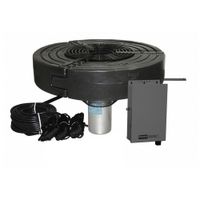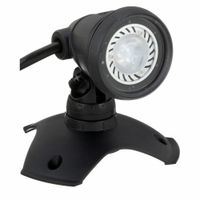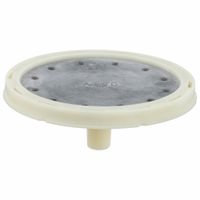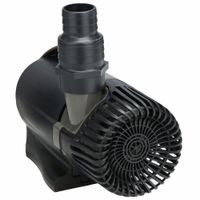Pond Aeration, Fountain & Waterfall Pumps
Pond and wastewater aerators turn over water with air bubbles to improve water quality. They reduce muck, lower the number of mosquitos, and prevent algae bloom which can cause fish kill. Decorative fountain pumps spray water in a variety of patterns. These pumps primarily improve the overall aesthe .....Read More
Frequently Asked Questions
What is the purpose of a pond aerator?
How do wastewater aerators improve water quality?
What are the benefits of using air bubbles in ponds?
How do aerators help reduce mosquito populations?
What causes algae blooms and how can aerators prevent them?
How do decorative fountain pumps differ from aerators?
What is the role of pond pumps in water filtration?
How do waterfall pumps work in water features?
What maintenance is required for pond aerators?
How do lights enhance the aesthetic of ponds and waterfalls?



